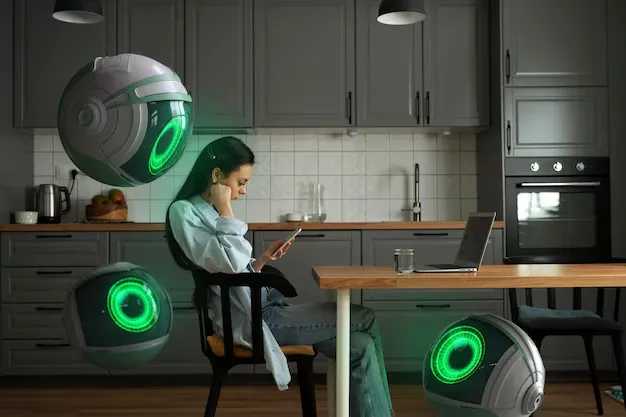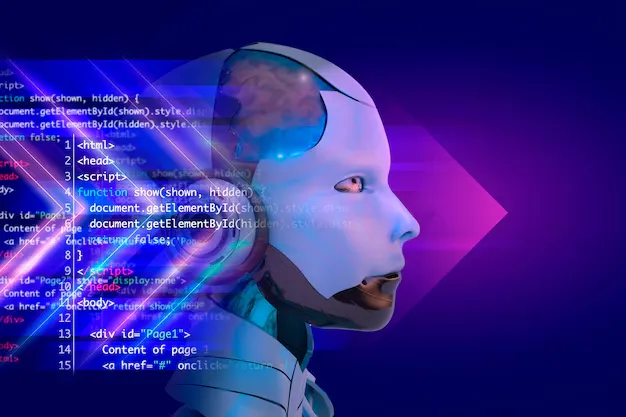Chatbots have revolutionized the way businesses interact with their customers. Whether through customer support, lead generation, or personalized recommendations, these AI-powered tools are helping businesses streamline operations and deliver better customer experiences. However for many companies considering chatbot development, specific questions often arise.
How much does it cost? How long will it take? And what’s the difference between AI chatbots and rule-based chatbots? If you’ve been pondering these questions too, you’re in the right place. Below, we provide comprehensive answers to the most common questions about chatbot development.

What Is the Cost of Chatbot Development?
One of the most common questions businesses ask is, “How much will a chatbot cost?” The answer depends on several factors, including the complexity of the chatbot, the business requirements, and whether you choose to build it in-house or hire an external vendor.
Suggested Posts:
Key Factors That Impact Chatbot Costs:
Type of Chatbot
Rule-Based Chatbots (simple bots that follow pre-set rules): These are generally less expensive, as they don’t involve advanced AI or machine learning capabilities. Expect costs ranging from $3,000 to $8,000 for a basic chatbot.
AI Chatbots (powered by machine learning and natural language processing): These chatbots can understand and respond to a broader range of inputs, but they are more complex and costly. Prices typically start around $10,000 and can exceed $50,000, depending on functionality.
Development Team Costs
Outsourcing to experienced chatbot developers might be pricey upfront but can save you from expensive mistakes later. Developer rates vary by region, with rates averaging between $25-$200/hour.
Functionality and Features
The more features you add–like integrations with CRMs, payment gateways, or advanced analytics–the higher the cost.
Platform
Building a chatbot for a single messaging platform like Facebook Messenger might be cheaper than developing one that works across multiple channels (e.g., WhatsApp, Slack, and websites).
Hidden Costs to Keep in Mind:
- Testing and Debugging
Chatbots require rigorous testing to ensure they provide accurate and consistent responses.
- Maintenance and Updates
Chatbots need routine updates to improve functionality, adapt to user needs, or align with changing business goals. Maintenance can cost between 15% to 20% of the initial chatbot development cost annually.
By clearly defining your goals and prioritizing features, you can create a cost-effective chatbot that still meets your business needs.

Suggested Posts:
How Long Does It Take to Develop a Chatbot?
The timeline for chatbot development varies depending on the complexity of the bot and the expertise of the development team.
General Timeframes:
Basic Rule-Based Chatbot
If you’re building a simple rule-based chatbot with pre-defined question-and-answer flows, it can take anywhere from two weeks to one month.
AI Chatbots
AI-powered bots require more time to build due to their need for natural language processing (NLP) and machine learning models. Developing a fully functional AI chatbot usually takes two to six months or more, depending on customization needs.
Enterprise-Level Chatbots with Complex Features
If your chatbot needs to integrate with multiple systems (e.g., ERP, CMS, CRM) and support multilingual conversations, the development process can extend to six months to a year.
Factors That Influence the Development Timeline:
- Project Scope: Clearly defining the chatbot’s functions and user flow at the start will prevent delays during development.
- Team Size: A larger team may speed up the process, as different aspects of the bot (e.g., UI design, NLP training, coding) can be worked on simultaneously.
- Training Data: AI chatbots require vast amounts of training data, and preparing this data (e.g., annotating text) can take time.
- Testing: Testing for edge cases and ensuring the bot performs consistently in real-world scenarios is an essential step that takes time but is often underestimated.
Choosing prebuilt frameworks or chatbot development platforms like Dialogflow, Botpress, or IBM Watson Assistant can help expedite the process.
What’s the Difference Between AI Chatbots and Rule-Based Chatbots?
Not all chatbots are created equal. One of the biggest distinctions in chatbot development is whether the bot is rule-based or AI-driven. Understanding their differences will help you decide which one best suits your business needs.
Rule-Based Chatbots
Rule-based chatbots follow a predefined set of instructions to respond to specific user inputs. Think of them as a decision tree where every possible path is pre-programmed.
Pros:
- Quick and cost-effective to develop.
- Great for handling simple, repetitive tasks such as answering common FAQs.
- Predictable and easy to control.
Cons:
- Limited functionality – they struggle to handle complex or unanticipated queries.
- Users must follow a specific structure or phrasing for successful interactions.
Example Use Case:
A retail store chatbot that answers basic questions like “What are your store hours?” or “Do you offer free shipping?”
AI Chatbots
AI chatbots leverage natural language processing (NLP) and machine learning algorithms to understand and respond to user inputs dynamically, even if the phrasing changes or is unexpected.
Pros:
- Can manage complex conversations and learn from past interactions.
- Handle open-ended queries and adapt to user behavior.
- Offer a personalized experience by analyzing user trends and preferences.
Cons:
- Longer development time and higher cost.
- Require ongoing maintenance and fine-tuning.
Example Use Case:
An AI-powered customer service chatbot for a bank that answers complex questions like “What’s the current interest rate for home loans?” or “How can I apply for a business loan?”
Which Should You Choose?
It depends on your business goals:
- Go with rule-based bots if you only need a bot to handle straightforward interactions like FAQs or appointment scheduling.
- Choose AI chatbots if you require more advanced capabilities, such as 24/7 customer support, personalized recommendations, or multi-lingual interactions.
Your Next Steps in Chatbot Development
Building a chatbot can seem like a daunting task, especially with so many options and variables to consider. But by understanding the costs, development timeline, and chatbot types, you can set your business up for success in creating the perfect bot for your needs.
If you’re ready to transform the way your business engages with customers, consider reaching out to an expert chatbot development team or exploring platform solutions that best align with your goals. With careful planning, your chatbot can become an invaluable tool for growing your business.
Interested in getting started? Check out our comprehensive guide to building AI chatbots or schedule a free consultation today.
